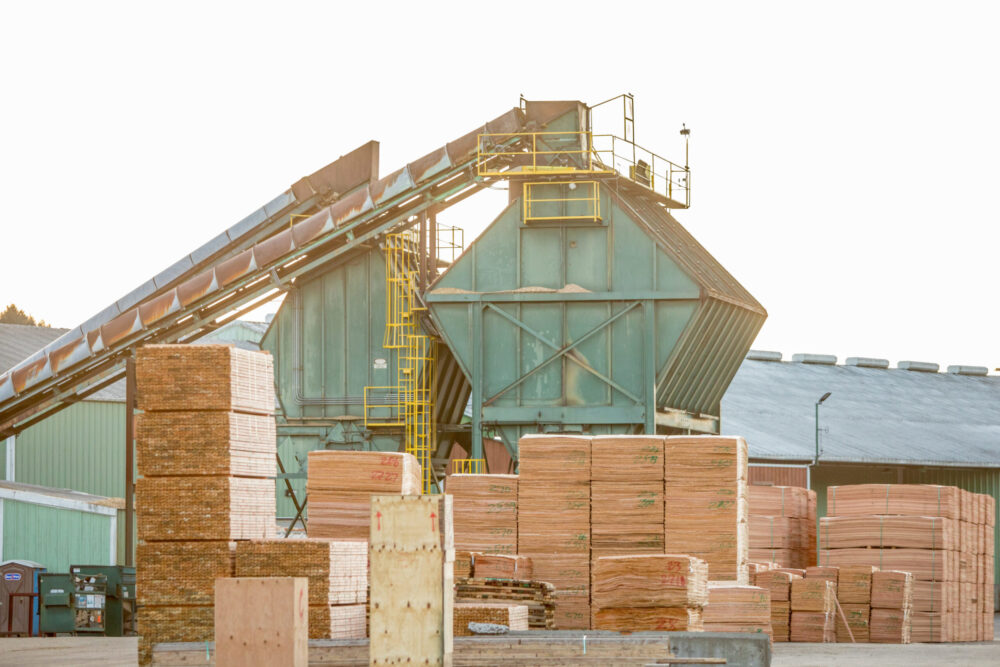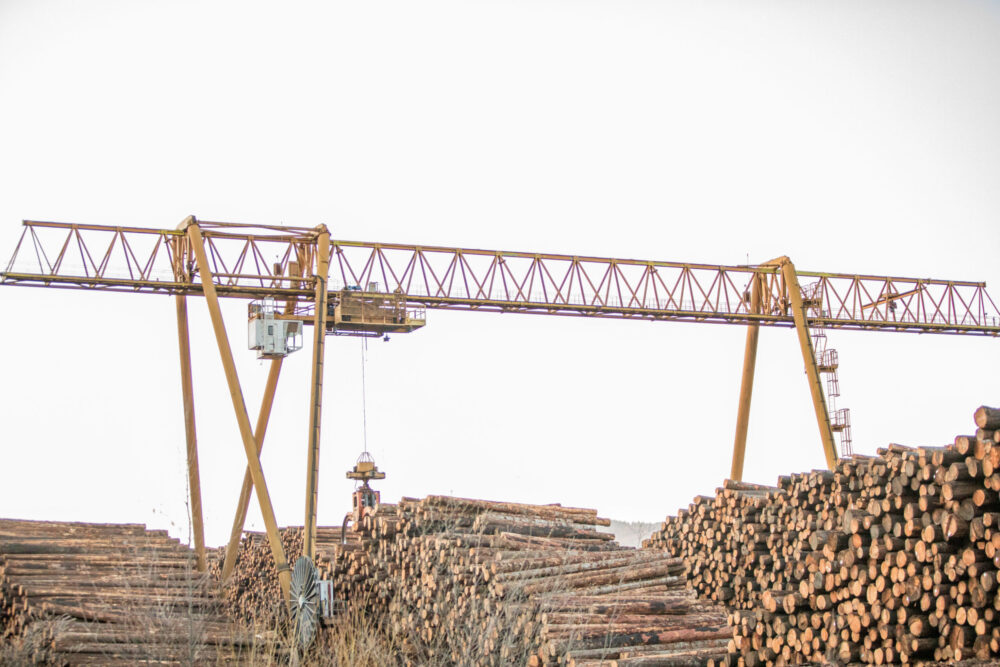The commodity panel markets have come alive over the past three weeks, led by OSB supply tightness due to transportation and production issues. The rapid rise in OSB sheathing and flooring prices has pulled up plywood markets in the U.S. South, U.S. West, and British Columbia. OSB sheathing is currently trading above its plywood counterparts by $250 to $350 per thousand square ft, surface measure.
Over the past few weeks, many 7/16 OSB customers have been switching to 15/32 plywood, which is cheaper and quicker shipping in most cases. This unusual juxtaposition in prices, with OSB sheathing currently at a premium to plywood, is not normal. The question for most OSB buyers is how long these elevated OSB prices can sustain themselves, particularly with plywood at a current discount.
If you believe that the OSB markets will maintain their strength for a sustained period of time, and most traders feel this situation will not change for a while, then the current value lies in plywood, at least until it is at par with OSB – and that point has not been reached, yet. Crazy times!

As the commodity panel price levels begin to mirror what we saw last winter and spring, an uneasy feeling has crept into the marketplace – given the severe and painful price decline that everyone endured during the summer and fall of 2021.
As previously mentioned, no one wants to experience that again. Of course not. But, what we want to happen – a smooth, moderately priced commodity market – rarely happens just because we want it to. Markets do what markets do, regardless of our desires. Markets are bigger than any one of us. All the factors that have conspired to confound our ability to read the markets still persist – severe transportation issues, lack of labor-driven supply chain issues, Covid-related labor shortages that have further pinched back production.
Given the strong demand that would seem to exist for the first half of this year, it should not surprise us if we happen to retrace the price trajectory of last year. That will be challenging for buyers on all levels.

My sense is that even in the face of strong demand, buyers in many cases will be determined to not overbuy and may now be adopting a hand-to-mouth type of purchasing. This needs-only buying strategy would be in place in order to mitigate potential downside risk, when the time comes for price adjustments – something that is part and parcel to volatile commodity lumber and panel markets.
As we navigate this high-priced commodity marketplace, volatility would seem to be a given for the foreseeable future. Buyers are attempting to be super-sensitive to market tells, which may suddenly and/or temporarily swing buying sentiment downward.
The recent U-turn in commodity lumber markets is a case in point. When things started to stall out due to price fatigue and winter weather issues three or four weeks ago, traders aggressively liquidated positions – causing further downside movement. However, the discounted prices attracted buyers who needed to take advantage of quick and sizable discounts. They were buying the dips – a sure sign of strong underlying demand and a characteristic of a choppy marketplace. And in a matter of days, the dimension markets gained back their losses very quickly.
This crazy market behavior will likely continue to keep us off balance for the near term, at least.
Subscribe
We’ll send you a notification when a new story has been posted. It’s the easiest way to stay in the know.